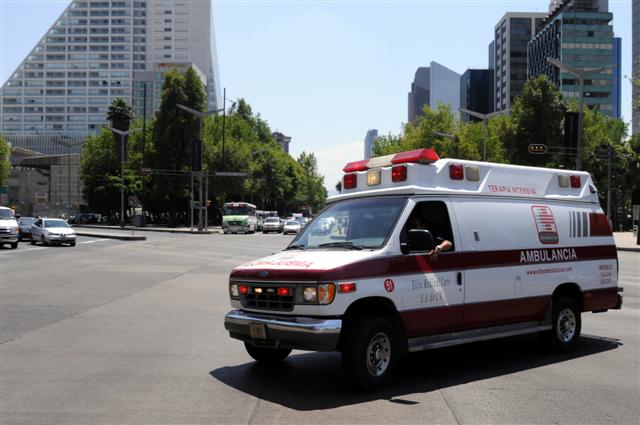 Equipment needed to avoid the spectacle of being handled by flatbed trucks and forklifts.
PHOTO: SHUTTERSTOCK |
An
Associated Press story last week reported that a critically-ill 1,000-pound man had to be transferred- bed and all-onto a flatbed truck via forklift. These vehicles are no longer unusual tools for emergency medical teams faced with extricating more and more morbidly obese patients from their homes.
It is so common, in fact, that ambulance companies are now calling on insurance providers, Medicaid and Medicare, and even the patients themselves to start paying the extra costs associated with specialised equipment. The AP story estimates that transporting extremely heavy people costs about two-and-a-half times as much as moving normal-weight patients.
While some human rights organisations characterise the levying of higher fees as discriminatory against obese people, proponents say obese patients are actually grateful for specialised equipment that eliminates the spectacle of being handled by flatbed trucks and forklifts.
According to
EMS Insider, an industry newsletter, sales of stretchers designed specifically for bariatric patients are expected to almost double from USD29.6 million in 2004 to USD50 million in 2012, and the sales of specialised lift systems are projected to rise from USD75 million to USD193 million.